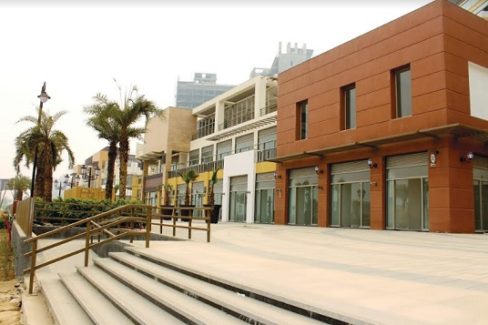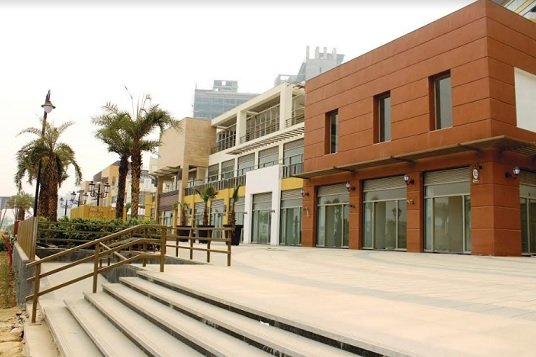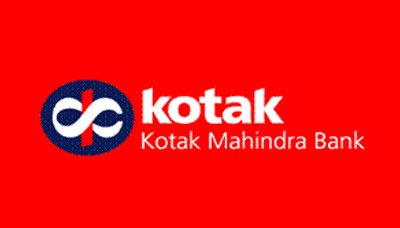
New Delhi, India
India’s commercial real estate is witnessing a turnaround and prospects are really optimistic. Several industry reports indicate the buoyant leasing in office space market across top metro cities. According to Colliers India Research, the gross leasing activity in India was pegged at 50 million sq. ft. in 2018 which was the highest number in the last eight years.
The fourth quarter of 2018 witnessed notable supply of 2.86 million sq. feet, a threefold increase from the previous quarter. Continued expansion and consolidation of occupiers led gross leasing hike by 17 percent as compared to 2017. The overall absorption of the National Capital Region (NCR) stood at 10.1 million sq. ft. in 2018 which is the highest leasing volume in the past eight years. In the same year, Gurugram witnessed gross absorption of 5.4 million sq. ft., an increase of 19.8 percent year on year.
“Liberalization of FDI policies and regulatory framework has been really successful in increasing the interest of global investor. With the significant hike in corporate leasing, the year 2018 has been immense for the commercial real estate market. Owing to the great value appreciation and rental income, India’s commercial realty would continue to be preferred market for global investors”, said Pankaj Bansal, Director, M3M Group.
The realty market had received institutional flow of funds at a 10-year-high in 2018. Backed with strong regulatory and policy initiatives, India’s real estate sector is likely to see increased interest from global investors in the next five years.
Across NCR, IT-ITeS sector followed by banking, finance and insurance services (BFSI) sector accounted majorly in the total leasing. In NCR, developers are aggressively looking to complete their ongoing projects which would amount to 14.4 million sq. ft. by the end of year 2021.
“Researchers have reported that number of startups in India has grown from 7,000 to 50,000 in a decade, major cities like Gurugram, Mumbai, New Delhi, Bangalore, and more continue to attract an increasing number of business establishments. Moving in sync with the increasing demand for office spaces, Vatika Business Centre has recently opened their business centres at four new landmark locations namely BKC (Mumbai), Sky Belvedere (Pune), Thapar House, CP (New Delhi), and Vatika India Next (Gurugram). With this, VBC marks its presence across 9 major cities of India covering half a million sq. ft. of office space,” said Gaurav Bhalla, Managing Director, Vatika Business Centre (Vatika Business Centre is a part of Vatika Hotels).
India’s first REIT listing is in the offing which will bring massive liquidity infusions into commercial real estate. Industry reports currently suggest that approximately 50% of the total office stock in India can qualify for REITs – a significant improvement over the 30% two years ago. In the rental growth, Bengaluru and New Delhi has emerged as the third and fourth fastest growing office market. Owing to the ability to give great return of investments (ROI) and rental growth, NRIs and domestic HNIs have been investing heavily in commercial real estate. Looking at the proposed developments in the coming time, Bengaluru, Mumbai, Pune and NCR will continue to attract occupiers and investors to invest into.
“Besides bringing in money, global investors ought to have business models suited to Indian real estate, competence & expertise, adherence to governance framework, professionalism and technology. In dollar terms most of the commercial space in India is still available at the same rate as it was a decade back, hence with rising rupee and falling interest rates or capitalization rates over a long term, it makes commercial assets a good bet,” said Pankaj Rathi, Head – Commercial Leasing, Vatika Limited. In 2019, the strong demand for office space is expected from agile workspace operators. Bangalore, Hyderabad, Gurgaon and Noida are expected to account for the maximum share of new supply. Further, vacancy rate moving south indicates an increase in employment generation which will certainly bode well for the sector.






